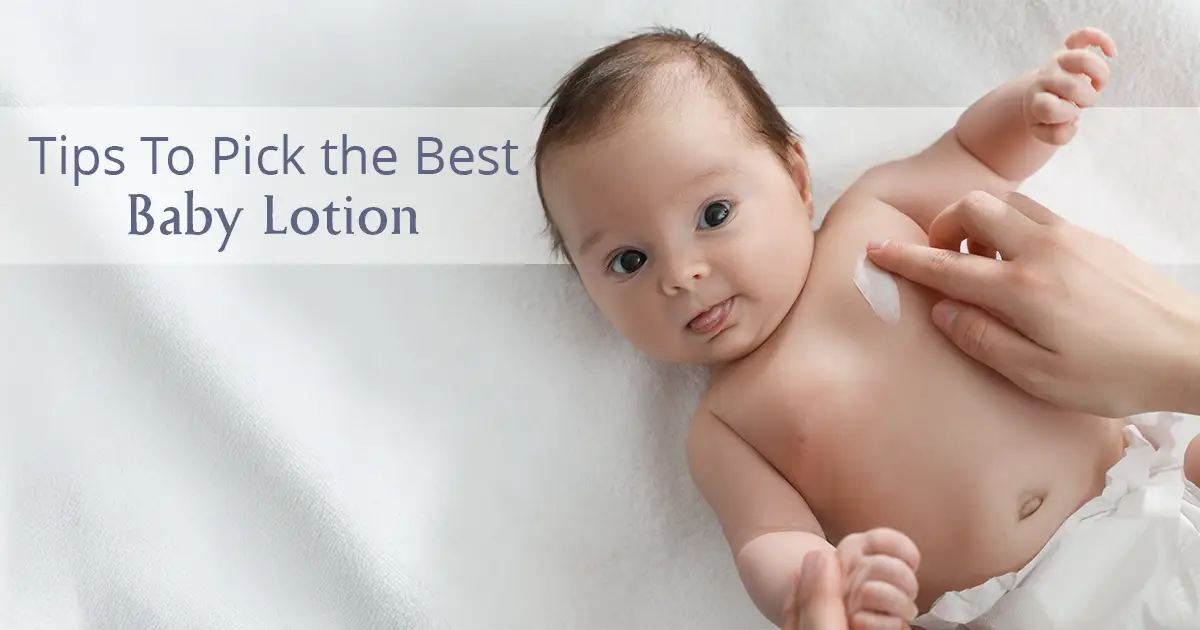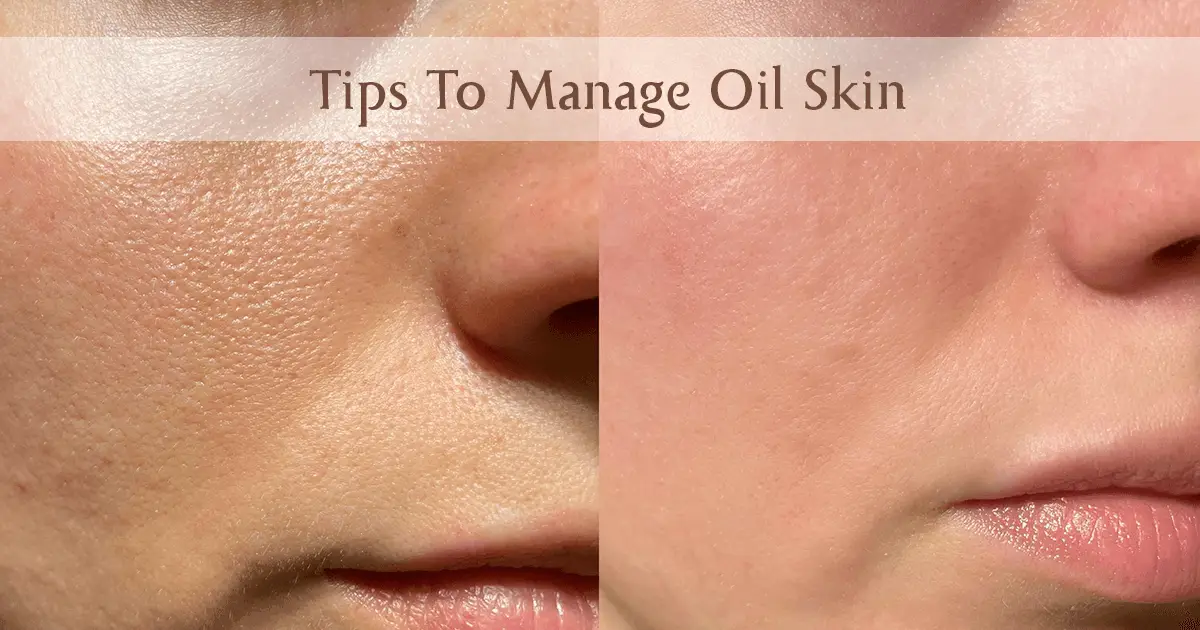
Hair Growth

What Are Human Hair Follicle Dermal Papilla Cells?
How We Test Our Products For Hair Growth?

Inducing Stress In The Cells

The first step involves inducing stress in the the cells by exposing them to Hydrogen peroxide. H₂O₂ induces oxidative stress on these cells, mimicking the oxidative environment of the aging scalp.The reason we choose H₂O₂ as the pro-oxidant is that it's naturally produced by the dermal papilla cells during various physiological processes. Exposure to H₂O₂ causes them to develop premature senescence. As a result, the senesced cells lose their ability to promote or regulate hair growth and regeneration! Simultaneously, we introduce the test product & a cell media containing essential growth factors to another set of dermal papilla cells. With exposure to the test product, the cells may or may not undergo similar events that occur in the first step. We’ll confirm that by tracking the viability of these cells in both cases through an MTT assay.

Tracking Cell Viability Post-treatment

Cell viability refers to the number of healthy and live cells in a particular sample. Healthy and viable cells with an active metabolic function turn the yellow MTT dye to purple. On the contrary,the dead cells will not take up any stain, helping us to differentiate between the two. Ideally, the cell viability in the case of the test product should be way higher than H₂O₂.
What's The Final Result?
Pick From Our Range Of Tested Hair Growth Products Now
Blog
Product Related Topics







